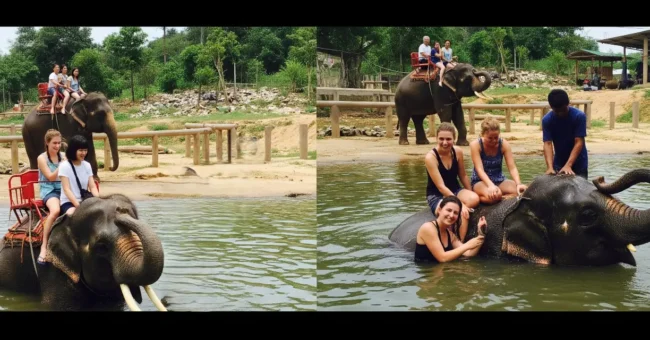
Not all “sanctuaries” are safe
Some so-called sanctuaries are just zoos in disguise, selling rides, selfies, and staged suffering under the mask of rescue and rehabilitation. They might use words like ethical, sanctuary, rescue centre, or retirement home, but offer tourists a long list of questionable interactions: riding elephants, bathing them, hugging them, feeding them, or watching them perform “tricks.”
If you can ride, bathe, feed, hug, or watch an elephant perform, you’re not in a sanctuary.
You’re in a business that profits from trauma.
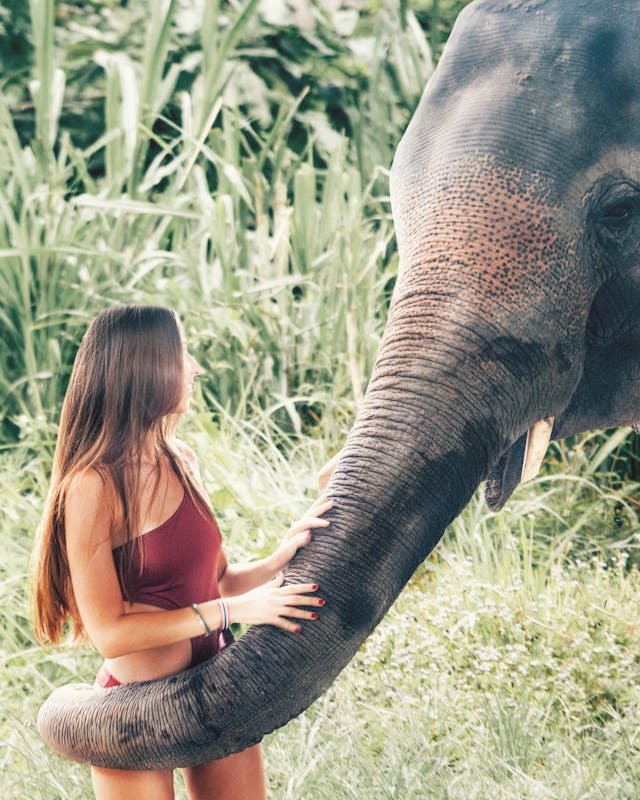
Elephants don’t need your touch
They need space. Silence. Safety.
And, most of all, choice.
Constant handling causes stress and takes away their agency.
If an elephant can’t choose to walk away from you, it’s not “bonding.” It’s control dressed up as affection.
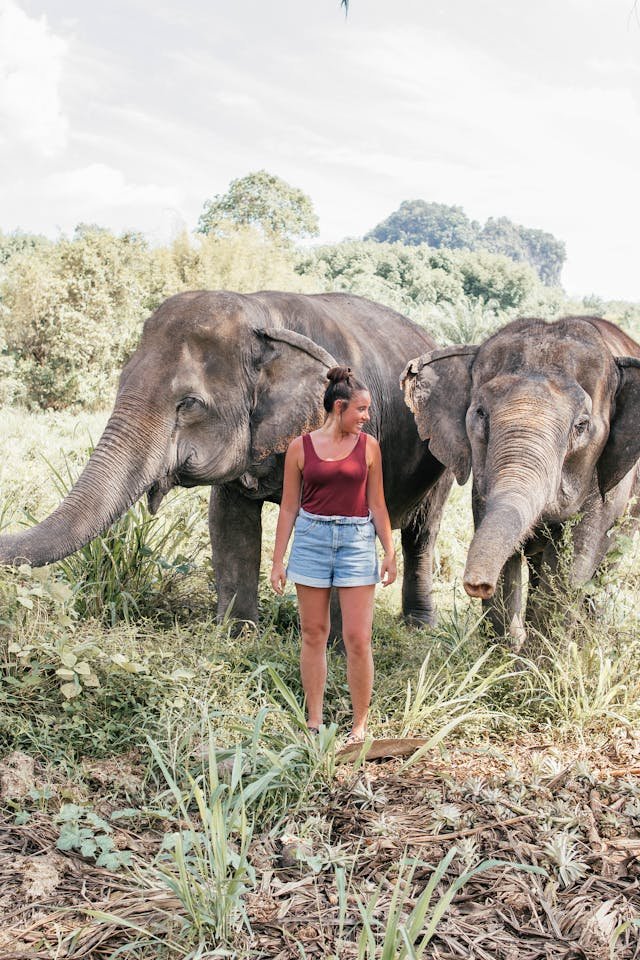
If you’re allowed to:
- Ride an elephant – that involves beating, chaining, and fear-based training ❌
- Bathe or hug them – that’s forced contact and stress ❌
- Feed them sugary treats – that builds dependency and harms their health ❌
- Watch them perform – those tricks are learned through pain, not play ❌
Then you’re not volunteering at a sanctuary.
You’re fueling a performance and cruelty, designed to look ethical.
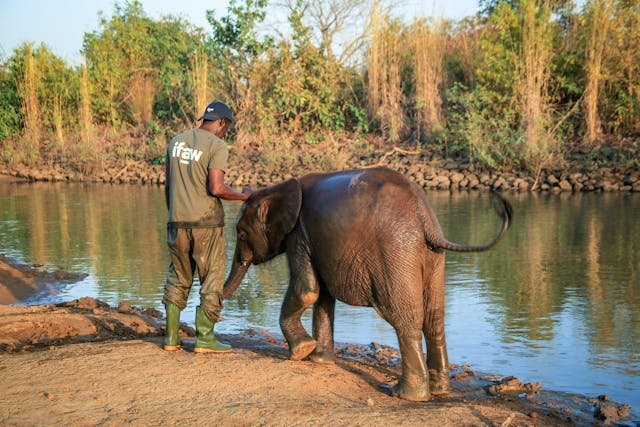
“Sanctuary” is just a marketing word ⚠️
There’s no legal definition for the term “sanctuary.” Anyone can use it.
Even the worst offenders, those that chain elephants, sell rides, or use bullhooks, can still claim they’re “ethical.”
Calling it a sanctuary doesn’t make it safe.
It makes it profitable.
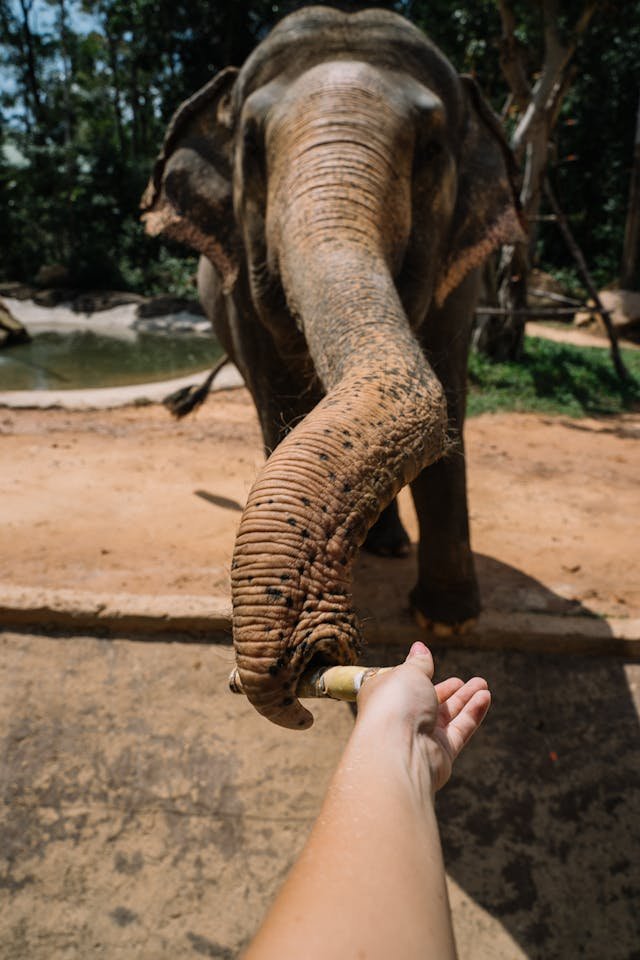
What a real sanctuary looks like ✅
Real sanctuaries prioritise animal well-being over tourist experience.
They don’t need visitors. If they accept volunteers, it’s with strict guidelines that support long-term care, not entertainment.
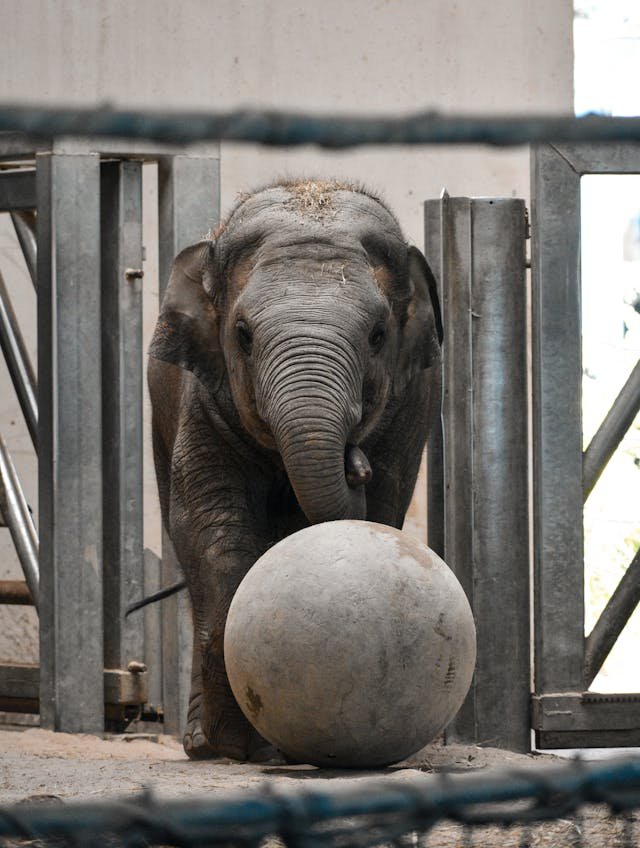
A true elephant sanctuary will have:
- No rides ✔️
- No bathing ✔️
- No petting or feeding ✔️
- No shows or selfies ✔️
- No strict tourist schedule ✔️
- Minimal contact, and only when necessary ✔️
Real rescue centres put animals first.
Fake ones put tourists first, and animals last.

What responsible volunteers and travellers can do 🙋♀️
- Ask questions before applying or visiting
- Check if physical contact is allowed (it shouldn’t be)
- Research the sanctuary’s history and staff
- Be wary of places that promote selfies or group bathing sessions
- Choose places focused on rehabilitation, not human experience
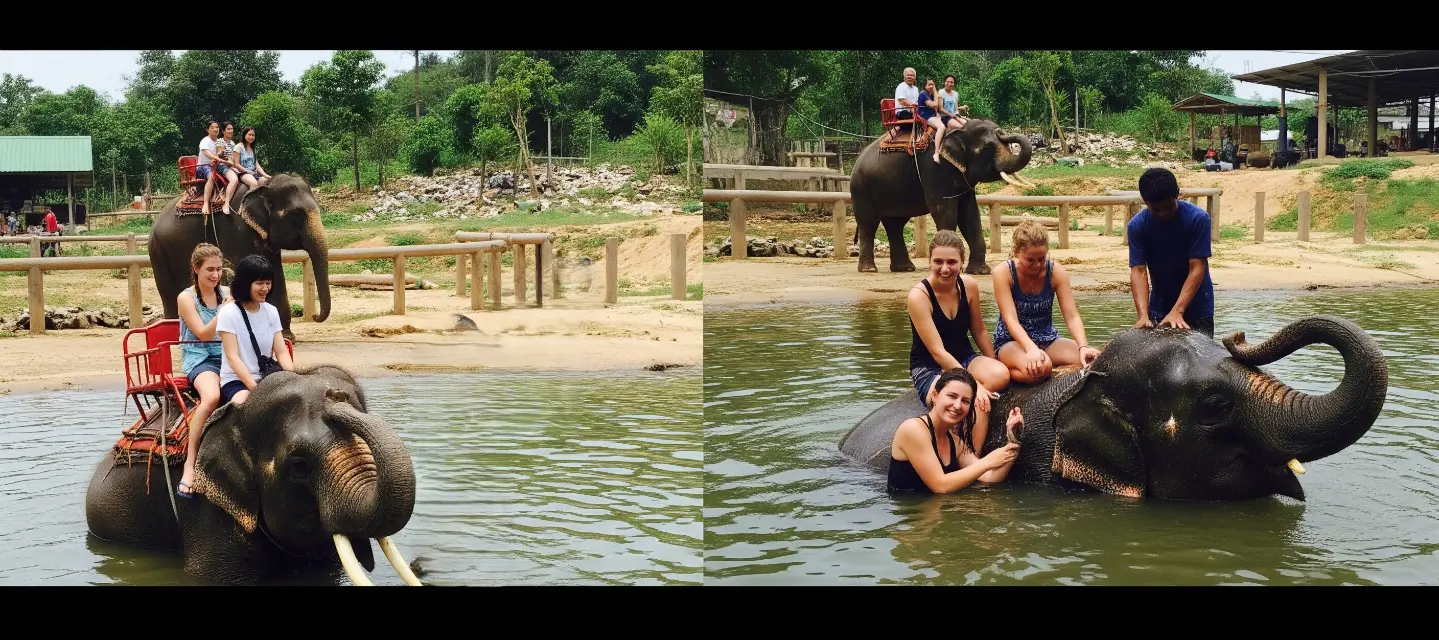
Want to learn more about ethical elephant sanctuaries? 🌍
The topic is complex, and the word “sanctuary” is often misused. Here are some trusted sources that explore the realities of elephant tourism and how to support truly ethical initiatives:
- World Animal Protection
- Save Elephant Foundation – Ethical elephant care and rescue
- Faunalytics – Research on elephant tourism and animal welfare
Do your research, ask questions, and help shift the industry toward real compassion 💙
🐘 Volunteering with animal sanctuaries on Voluntouring.org
We have a dedicated section for animal sanctuary volunteering opportunities. When reviewing host requests, we do our best to include only those projects that align with ethical standards, where animal welfare is clearly the top priority.
Our core principle is simple: the well-being of animals must come before business or profit. If a project seems more focused on tourism income than true care, we may choose not to publish it.
That said, we may occasionally overlook red flags. If you notice a listing on our site that doesn’t meet these standards, please let us know. We rely on our community to help us keep this space transparent, responsible, and respectful to the beings we claim to protect. We’ve already removed hosts that weren’t providing proper conditions for animals or volunteers, and we’ll keep reviewing our listings to ensure safety, transparency, and a meaningful, positive experience for everyone involved.
ethical elephant volunteering







